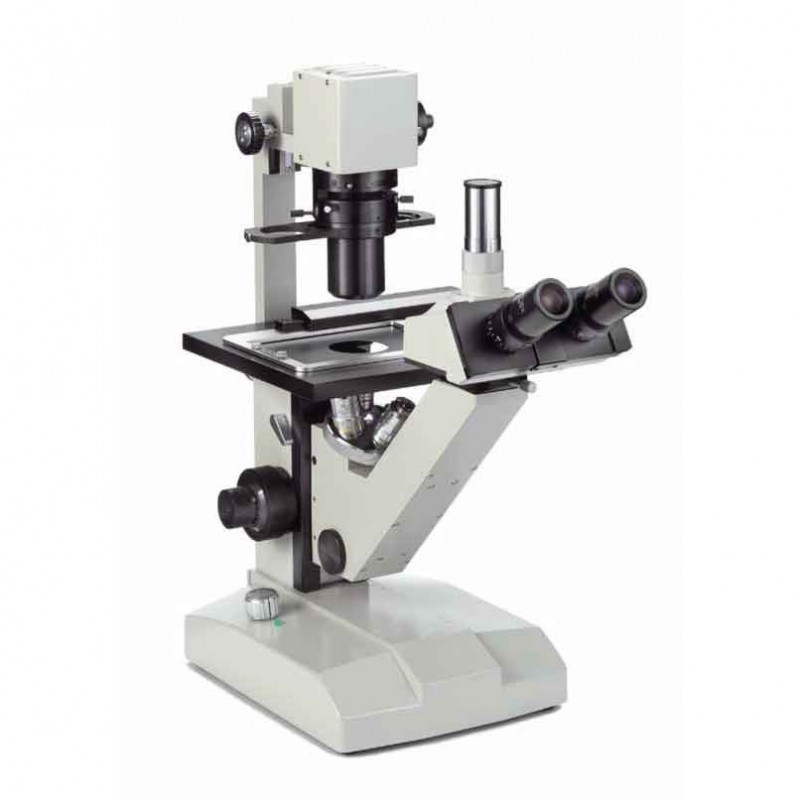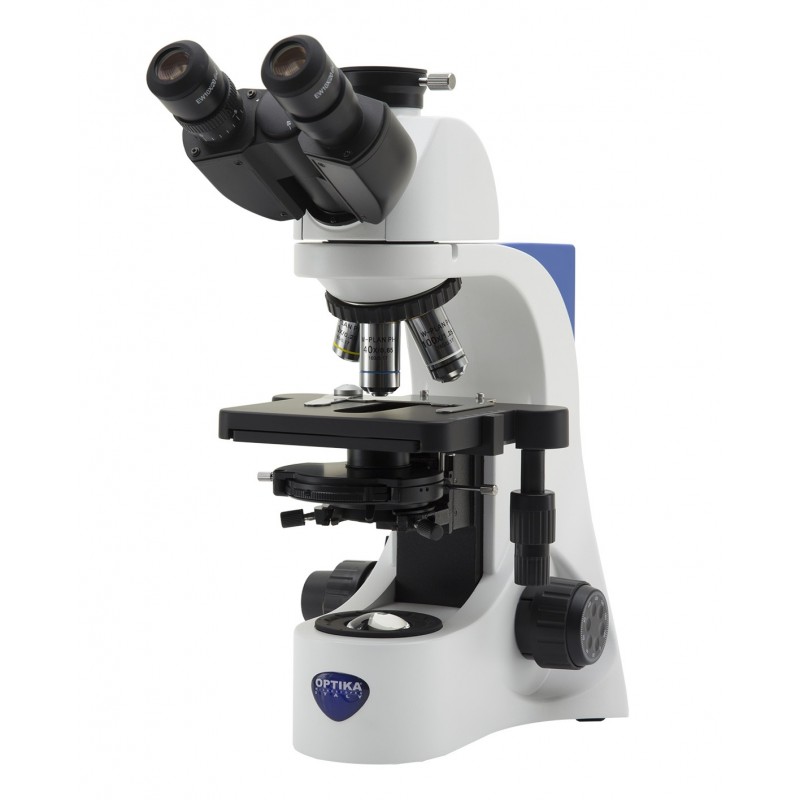


Sometimes, these images were problematic when using image analysis software since the processing algorithms normally assume that the images have no optical aberration or peripheral darkening. These objectives were engineered to acquire high-resolution images in a relatively narrow area (smaller FOV). In the past, our engineers concentrated on making objectives that were exceptional in one of the three areas discussed above so that users could choose the objective that best suited their application. These advances enable high-quality, large field of view (FOV) imaging for versatility in numerous applications.Ĭonventional objective lens manufacturing technology forced a tradeoff between numerical aperture, image flatness, and chromatic correction, making it difficult to improve all three in one objective. Thanks to novel manufacturing technology, Olympus X Line high-performance objectives offer improved optical performance in three critical areas-a larger numerical aperture (NA), better image flatness, and a wider range of chromatic correction. Many applications benefit from high-quality images with a large field of view, but there is usually a tradeoff where improvements in one area of imaging, such as flatness, lead to a decrease in another area. As with other Lambda S objectives, the silicone immersion series features Nikon’s exclusive Nano Crystal Coat for maximizing transmittance.Researchers use microscopes as an essential tool for advancing their science, and objective lenses are crucial components of the system. Evaporation of silicone oil is almost negligible, even at 37 oC, making these lenses superior choices for long-term, time-lapse imaging experiments. These lenses feature an Optical Field Number of 25, providing the largest field of view in their class and optimal for high throughput imaging applications.Īdditionally, these lenses feature a correction collar for further fine-tuning spherical aberration correction, including for experiments performed at 37 oC.

The Lambda S 25XC Sil and Lambda S 40XC Sil lenses also provide high resolution and minimize spherical aberration, but are designed for larger biological samples such as spheroids (image) and whole model organisms. The Lambda S 100XC Sil is an ideal lens for the highest resolution confocal and super-resolution applications. Silicone oil has n= 1.4, more closely approximating the cellular environment than oil or water. To address this issue Nikon has committed to developing a selection of silicone immersion lenses for high performance live cell imaging. Why is it important to more closely match the refractive index of your sample? The primary answer is spherical aberration, which arises from refractive index mismatches occurring along the optical path, ultimately limiting imaging performance in samples of non-trivial thickness. However, most living systems are composed of structures with refractive indices somewhere between these two values, with n ≈ 1.4 commonly cited as an estimate. Oil has a refractive index ( n) of approximately 1.515 and water n = 1.33. Most immersion type objective lenses come in one of two varieties: oil or water.


 0 kommentar(er)
0 kommentar(er)
